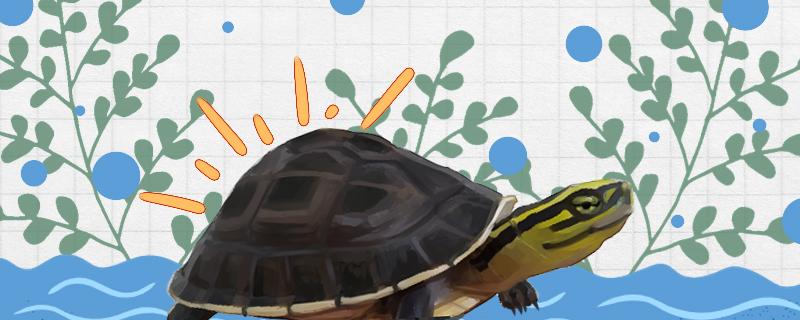 1. Is the Amber Turtle a protected animal
1. Is the Amber Turtle a protected animal The Amber Turtle is not a protected animal. Ambu closed-shell turtle, alias Malay closed-shell turtle, belongs to the reptile of the genus closed-shell turtle of Turtle family. Amber closed shell turtles are distributed in Southeast Asian countries such as Bangladesh, Cambodia, Thailand, Vietnam, Myanmar and Malaysia. Living in swamps, streams and low-lying areas not far from the waters. Its food is snails, worms, etc., which are omnivorous.
In artificial rearing, plants and fruits are the main food. The breeding environment is divided into amphibious type, and the water quality of Anbu closed-shell turtle is not good, so it can be added without the back shell. In late autumn and early spring, it does not need to be raised in water, but can be raised directly on the land.
2. What should we pay attention to when breeding?1. Breeding environment: Anbu closed-shell turtle has no great requirements for breeding environment. Like other turtles, most Anbu can adapt. In the long-term breeding process, in order to cater to the living habits of Amber, deep water areas and shallow water areas should be set up. Shallow water is mainly to cater to Amber's living habits. Deep water area is to improve mating success rate for Amber.
2. Mating and spawning: If Amber wants to lay eggs, he must mate successfully one year in advance. After mating, the female turtle lays fertilized eggs in the rainy season of the following year. Like most Southeast Asian turtle species, Amber lays eggs in the shade.
3. Harvesting and hatching: After laying eggs in Anbu, harvest them according to the laying conditions. If the laying process goes well, collect it the next day. If it doesn't go well, it will be collected on the same day. After picking up, wipe the eggs clean and bury them in vermiculite. Fertilized eggs should not be exposed to direct sunlight. Ventilation and air permeability should be ensured, and the temperature difference should not be too large. There is no need to replenish water during hatching. At the later stage of hatching, the contact between fertilized eggs and air should be increased to avoid the death of small embryos due to excessive humidity.